On Oct. 15, the Ithaca College athletic department released a statement that redefined the way varsity athletes are allowed to present themselves.
The single-page document lists separate dress code policies for practices, athletic training clinics, weight rooms and public corridors in the Athletics and Events and Hill Centers — which include guidelines regarding practice attire and footwear.
Susan Bassett ’79, associate vice president and director of intercollegiate athletics, said the conversation about implementing a dress code began in Spring 2023, and the policy was designed with professionalism and uniformity in mind.
“What I started to notice was that in common spaces in buildings, like the A&E and the Hill Center, people were walking around kind of as if they were in their locker room,” Bassett said. “I just felt like there was a lack of decorum and, in some cases, even a lack of safety.”
The dress code states that all athletes must wear team-issued practice gear for training as appropriate to their sport — which includes sneakers or cleats, socks, athletic pants or shorts and shirts that cover the entire chest, back and lower torso.
Bassett said that after the dress code was finalized, she shared it with all of the coaching staff at the college to then relay the information to their athletes through the lens of their respective sports. While team sports, which often have practice uniforms, have seen minimal changes, individual sports like track and field and rowing have undergone a more significant shift.
Coaches responses
Erin Dinan, head coach of the women’s cross country team, said many of her athletes, especially in the warmer months, train outdoors in their sports bras — something that is now prohibited. She said the change in dress code has seen mixed reactions from her athletes.
“They were initially a little shocked, probably upset because of the change,” Dinan said. “I don’t think they necessarily see the problem with just running in our sports bras because they’ve been doing it for years. I do have some women on my team who prefer to not run in their sports bra and they’ve always worn their shirt, so I will say not everybody was upset about it — some people were unaffected.”
Despite the goal of the dress code being rooted in uniformity, Dinan said it would not be feasible for her athletes to be in the same uniform every day. She said her athletes will continue to train in whatever feels comfortable as long as it is up to code.
“Oftentimes, they’ve completely and utterly sweat through whatever they’ve been wearing to run in, so they’re going to have to change their shirt to lift,” Dinan said. “It’s not financially sound to be able to outfit a team with clothes for five days of practice and a meet on the weekend. They won’t look uniform, but they’ll look appropriate in the sense that they’ll be covered up.”
All athletes at the college are issued a pair of shorts and T-shirts to be worn in the weight rooms. However, lacking uniform practice gear is not an issue unique to the cross country team. Gymnastics head coach Rick Suddaby said he was happy to comply with the standard, but his team needed the gear to be able to do so.
Bassett said on Suddaby’s request, the athletic department ordered the gymnasts’ uniform leotards to practice in and Nike slides to wear to and from the gym — the only caveat being that the gymnasts need to wear pants or shorts over their leotards while in the Hill Center’s public corridors.
Suddaby said that he supports Bassett’s initiative and that looking uniform at practice will bring a new sense of professionalism to his team that he welcomes.
“When you look at the D-I and D-II teams, all those athletes are outfitted this way, so now we’re going to be kind of at that level,” Suddaby said. “It’s hard to get a definition of a dress code that meets the general standards of every team, but when Susan and I spoke about us and our situation, she was ready to help us get to that point.”
Athlete responses
Outside of what was relayed by their coaches, the student-athletes received no additional information from the athletic department about why and how the dress code would be enforced.
Junior Owen Tobias-Wallingford — an athlete on the men’s swimming and diving team and member of the Student-Athlete Advisory Council — said that although the dress code was mentioned to the representatives before its release, they did not have any input in drafting it.
“The way it was presented to us as athletes was that it was made by the athletic administration, it was not written in a joint effort,” Tobias-Wallingford said. “In my experience communicating with Susan and other leaders in the athletic department, they do try to get as much of an opinion as they can from the SAAC representatives, but this was more of a warning than a conversation.”
Similar to the gymnasts, Tobias-Wallingford said the dress code has only impacted his team in terms of wearing team-issued gear rather than personal swimsuits and caps. He said the uniformity could benefit his team, especially while hosting prospective athletes.
“When you’re having recruits on campus and watching practice up in the stands, it’s very cool to look down and see that everyone has the IC cap on, everyone’s doing stuff together,” Tobias-Wallingford said. “It looks so much more like a team.”
Junior Luca Pecora, an athlete on the women’s track and field team, said her team was first introduced to the idea of a dress code during the annual “Get in the Game” meeting — a conversation each varsity team has with Bassett regarding NCAA compliance and expectations — but did not hear about it again until the document was sent out.
Pecora said that based on her team’s conversation at the meeting, there is still some confusion among her teammates regarding the origin of the dress code.
“Susan wants to treat us like adults,” Pecora said. “She says in the ‘Get in the Game’ meeting that she sees us as adults, so why are you implementing this dress code? If we’re talking about professionalism, this is what professionals are wearing in our sports.”
Jennifer Potter, head coach of the women’s track and field team, said via email that she supports the dress code and that it does not impact her team, but declined to interview.
Similar to Pecora, sophomore Samantha Gallagher, an athlete on the women’s rowing team, said that when her team trains indoors, they often condition in a sports bra or tank top so they do not sweat through their shirts before heading directly to the weight room.
Gallagher said many of her teammates are upset about the regulation not because they need to wear their lifting gear, but because being told to cover up has created an uncomfortable practice environment.
“If you’re just practicing and you feel normal, then someone — especially someone in a position of power like Susan Bassett — creates a rule or enforces an ideology that sexualizes what you’re doing, it makes you feel gross,” Gallagher said. “It makes what you’re doing feel less normal and less comfortable — it puts your mind in a place where, at practice, now I’m worrying about what my body looks like to other people and I feel like no one should have to do that, least of all women.”
The bigger picture
In 2018, Rowan University issued an athletics policy that required full-length shirts and prohibited its cross country teams from practicing in the same area as the football team because the football head coach said the female athletes in sports bras were a distraction. The memo sparked outrage among the women’s cross country team and was later rescinded by the university’s president.
Dinan said Rowan’s controversy was the first thing to come to her mind when she heard of the dress code, but she does not believe that being a distraction was part of the administration’s motivation to implement the policy.
“Of course, it was at a different institution, so not here,” Dinan said. “I think [our] focus was more about being dressed appropriately, which is a very different take. Either way, I can understand the frustrations from people — why does it matter what angle it’s coming from?”
Ellen Staurowsky ’79, professor in the Department of Media Arts, Sciences and Studies, specializes in social justice and gender equity in sports. She said that regardless of who they apply to, dress codes will always impact women differently.
“If this is about modesty, that takes us into a whole developmental issue,” Staurowsky said. “Here, we have young women who are coming into their own and the whole purpose of this experiment is that women can feel comfortable in themselves. Part of themself surrounds sexuality, it surrounds modesty, it surrounds expressions of femininity. All of that is at stake when any kind of dress code is in place.”
Staurowsky said that when policies like this come from the top-down, they are not often embraced with enthusiasm. Instead, she said athlete voices and perspectives should be taken into account when piecing together new regulations.
“Women are trying to figure it out,” Staurowsky said. “We saw this in the most recent summer Olympics, we have volleyball players trying to make their own decisions about what they feel most comfortable with and that’s where I think the conversation about dress code should come from. It should come from the athletes.”
When receiving feedback about the new dress code, Bassett said she emphasizes the athletic department’s acronym, PRIDE, which stands for professionalism, respect, integrity, dedication and excellence. She said, although some athletes might be inconvenienced, implementing the policy will help to uphold those values.
“I want students who participate in intercollegiate athletics here to feel valued, respected, empowered and supported,” Bassett said. “I think I can hear the concerns and I appreciate and respect the issues that people are raising, but I don’t think what we’re asking is unfair or unreasonable.”


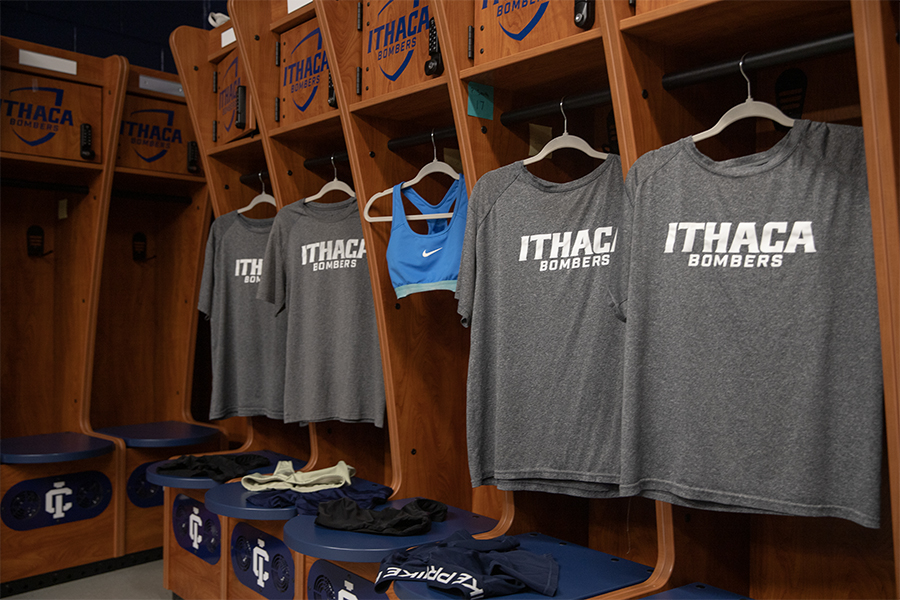
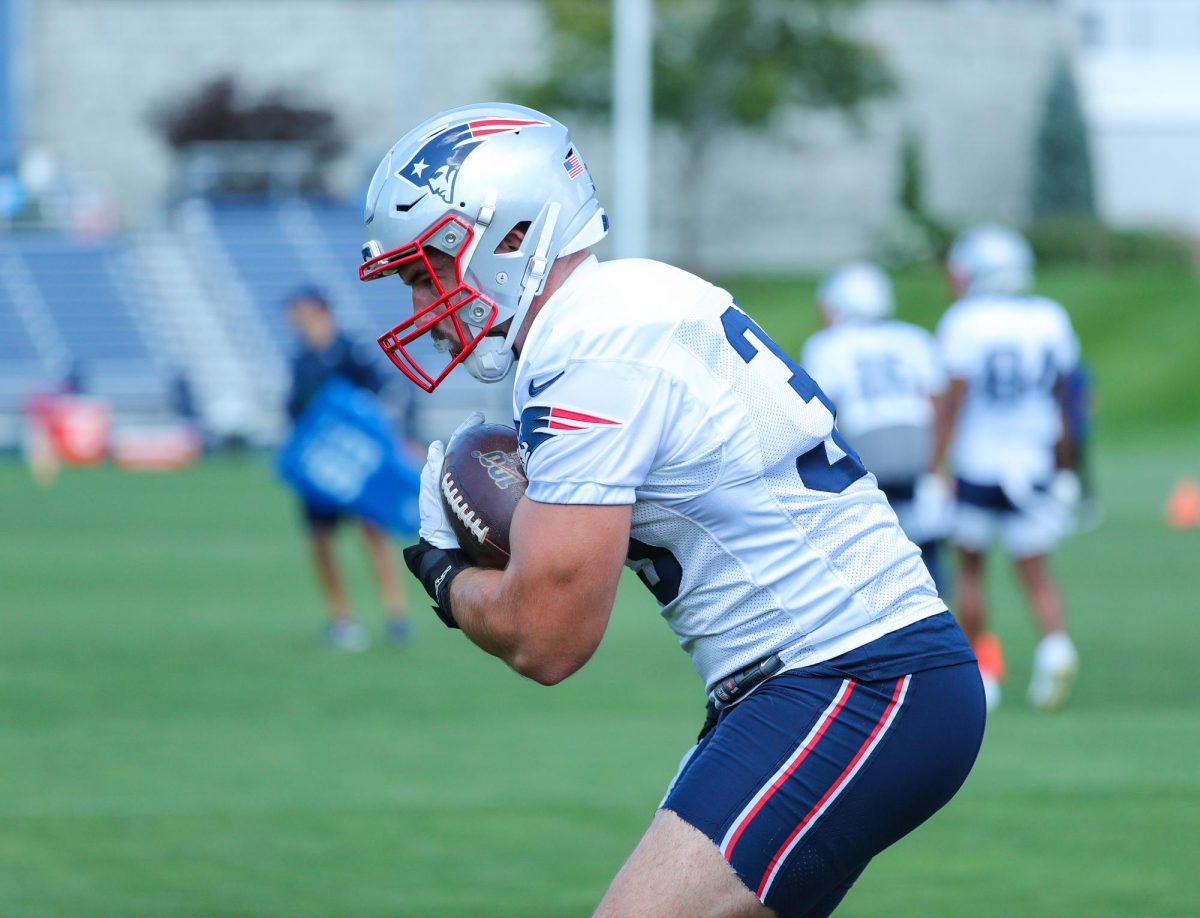


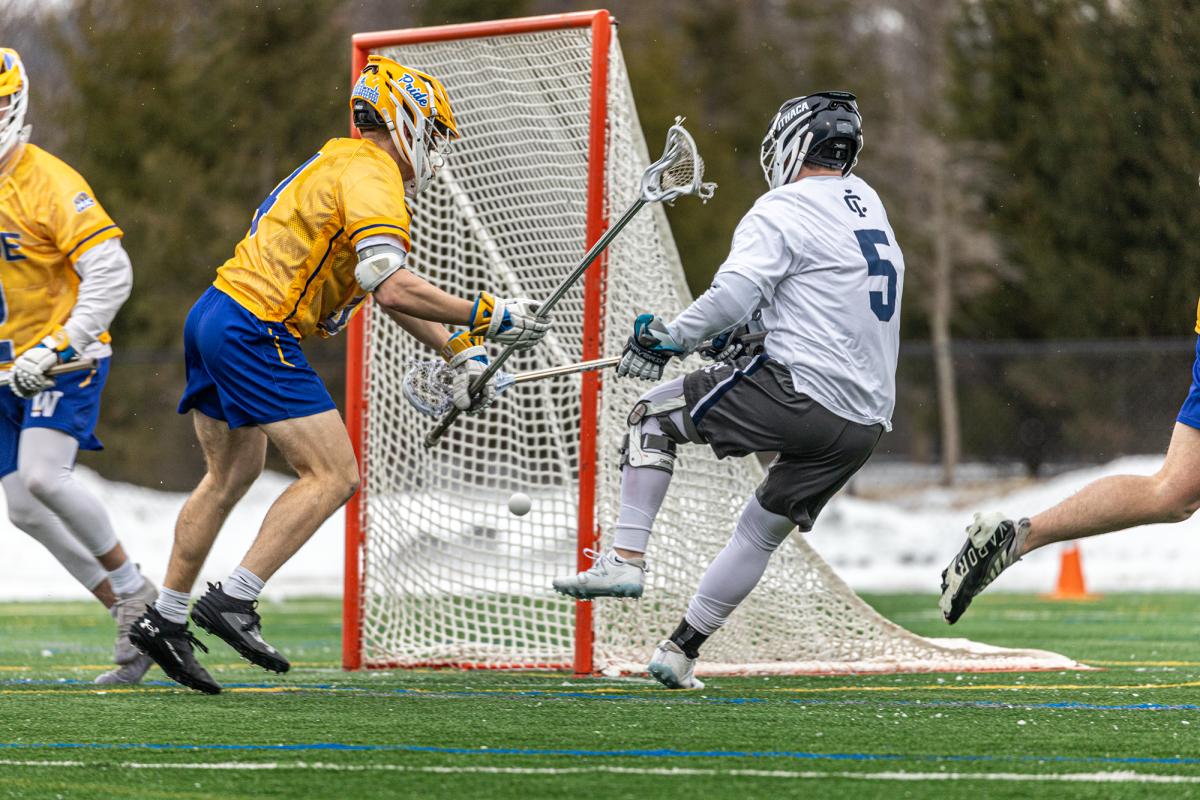
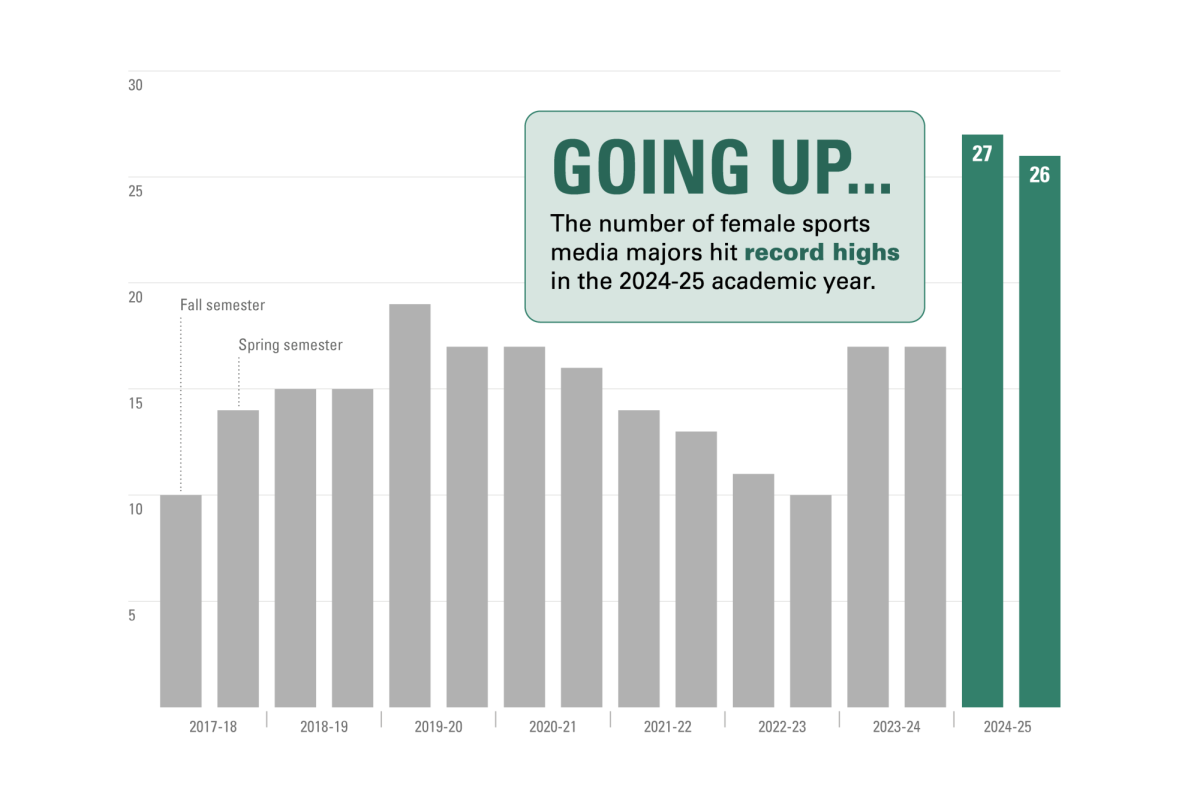
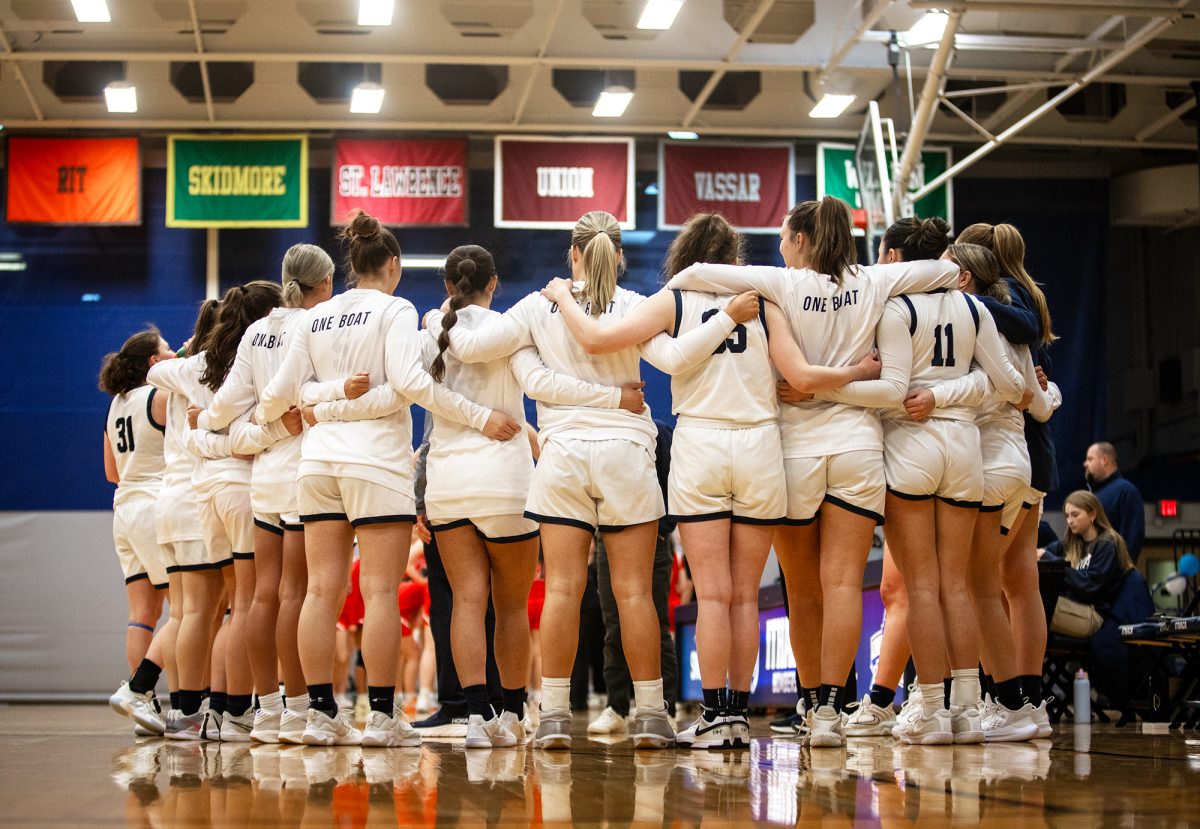

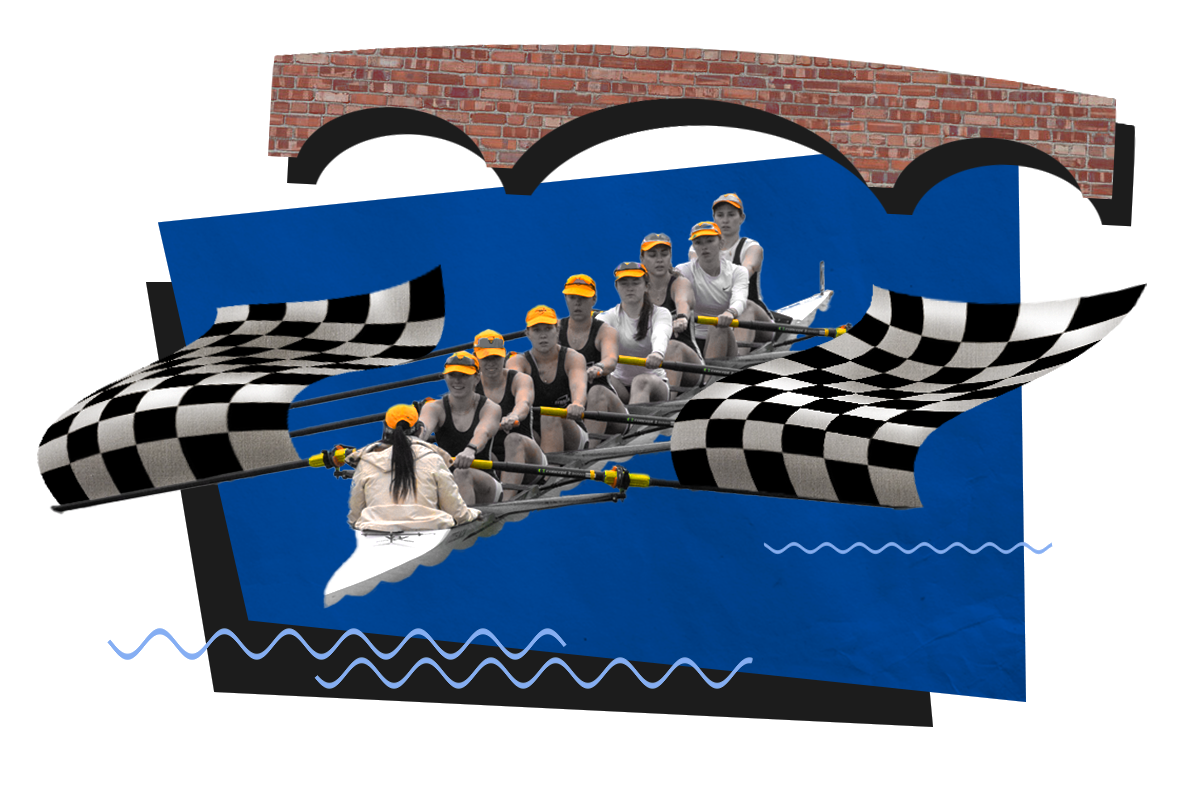
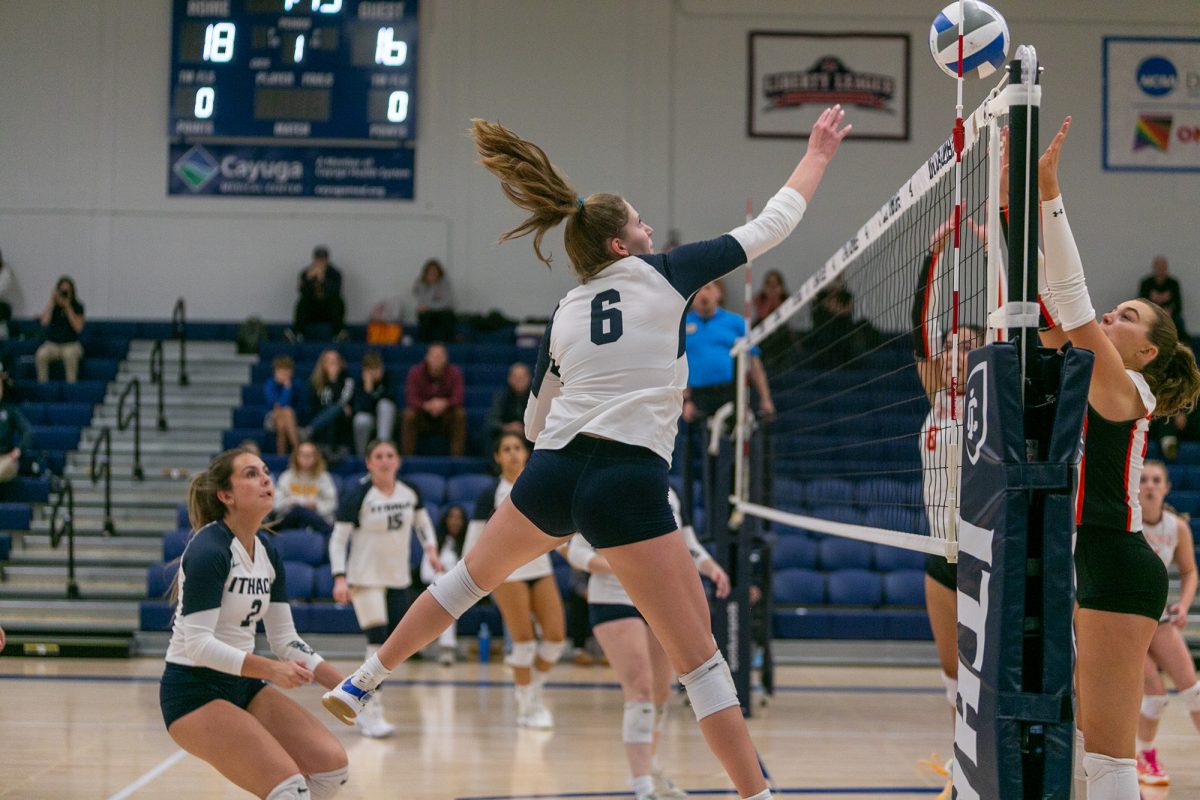
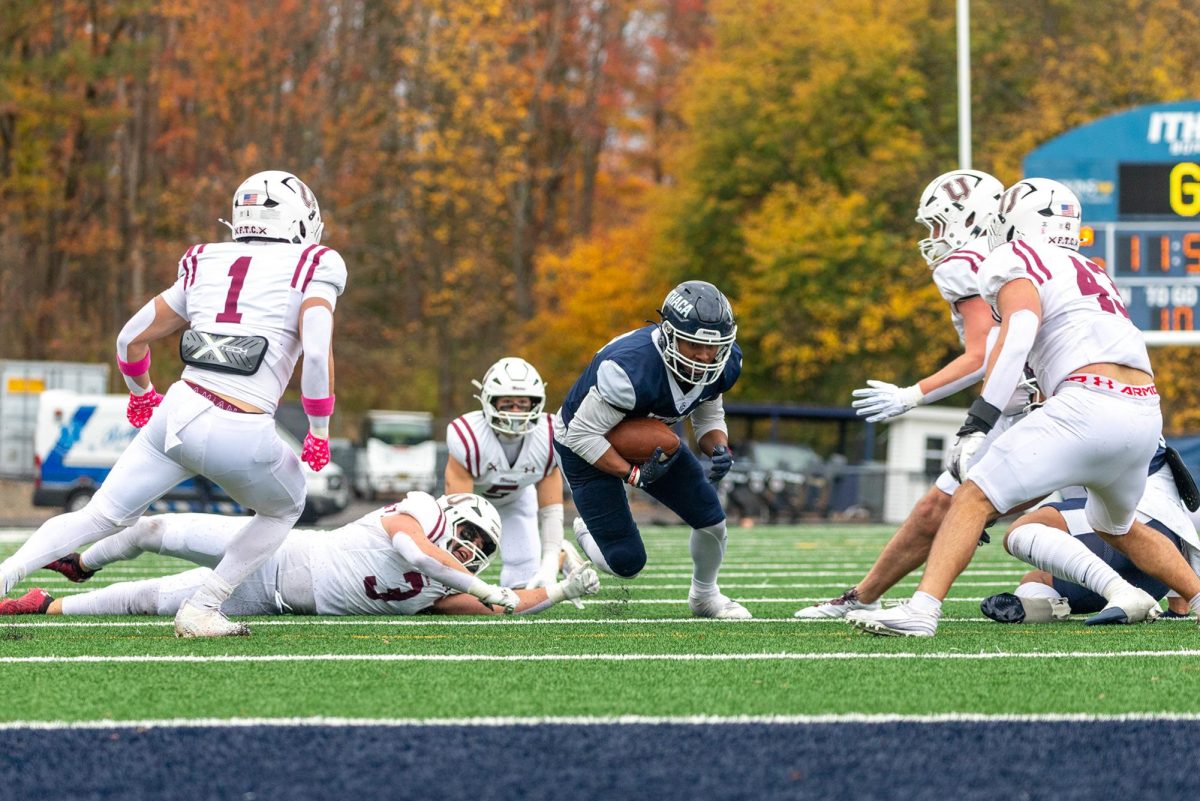
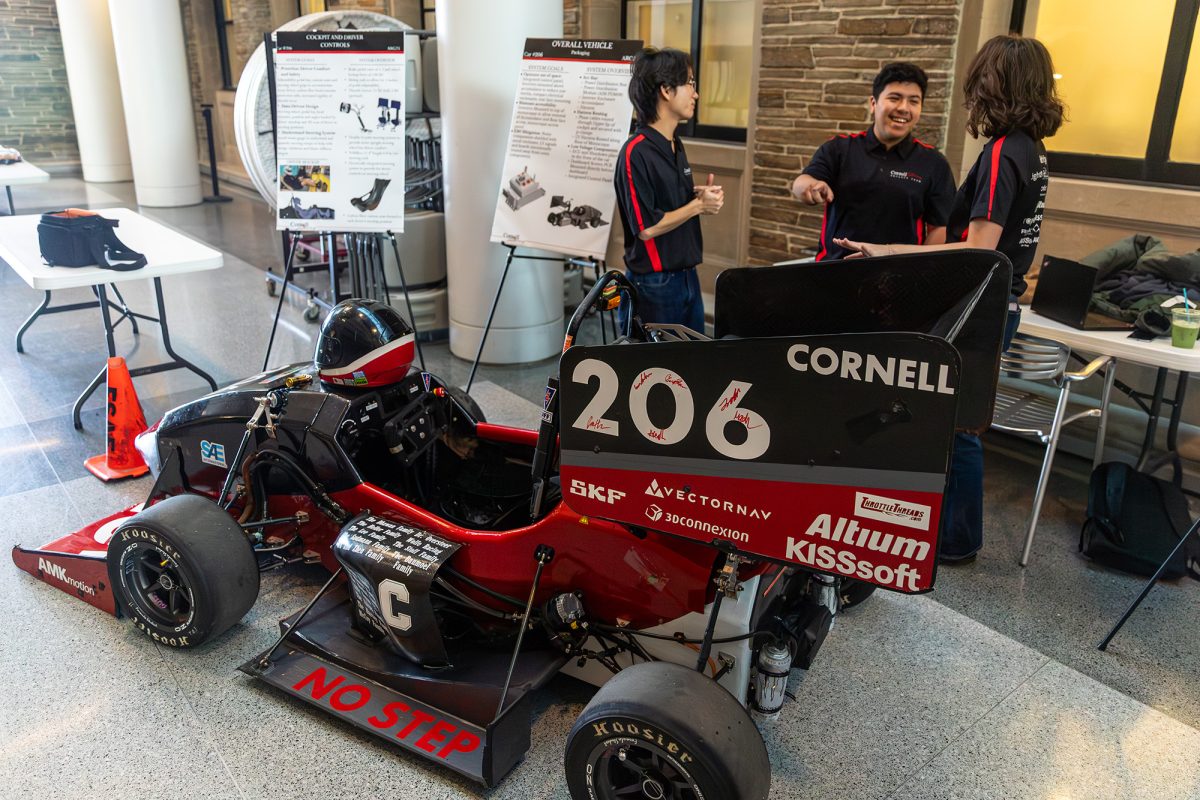
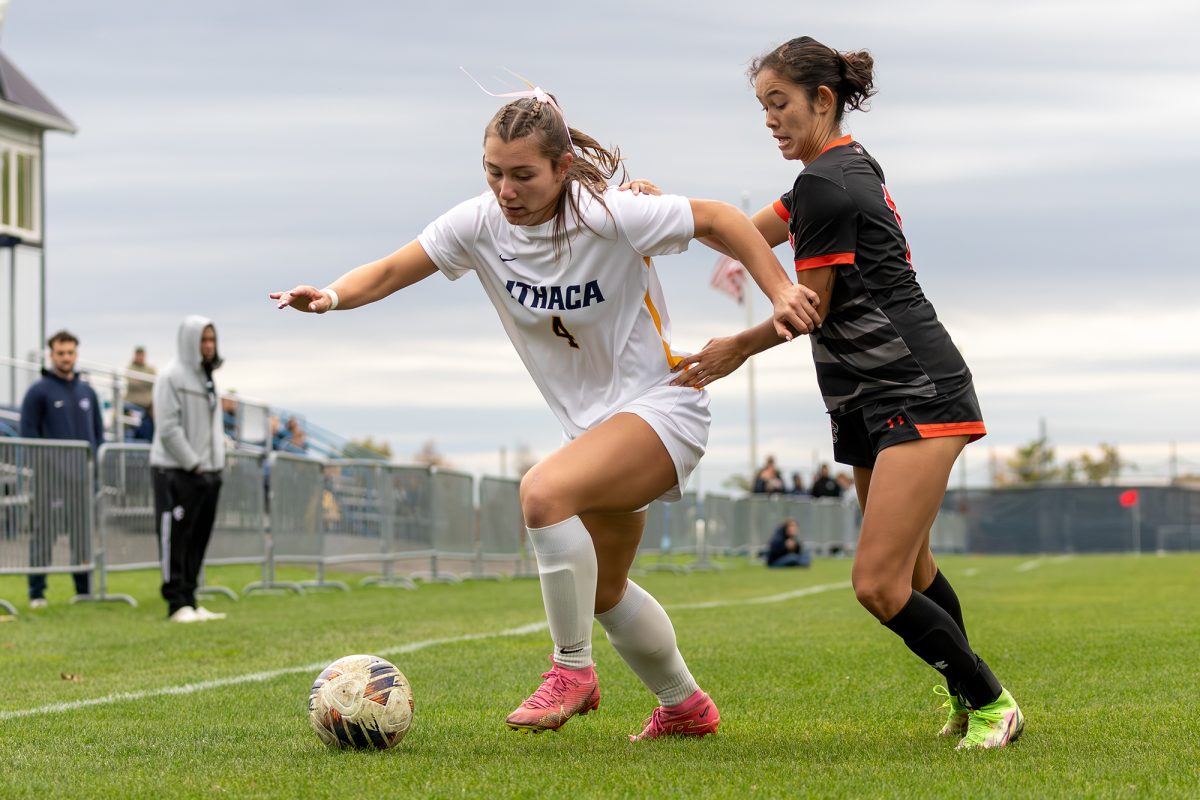







Thom • Jan 20, 2024 at 6:48 pm
C’mon. The campus has eye sores such as the Towers, the Quads, and other architectural embarrassments. No change to anyone’s attire is going to have visitors, including prospective applicants, think the place is attractive other than the view toward the lake.
Liam • Dec 29, 2023 at 12:16 pm
I’m disturbed by the policy and the lack of information about how it came about, who worked on developing it, and that primary stakeholders (athletes, coaches) appear to have had no input. As mentioned in the article, professional athletes in some sports train in sports bras or bare chest (XC runners come to mind). I don’t think this policy and the way it came about helps athletes feel “valued, respected, empowered and supported.” In fact in many respects, Bassett, through this policy, sends the opposite message to student athletes at Ithaca College.
Jacques • Dec 10, 2023 at 2:31 am
If you’re supposed to practice like you play, then no issues. Can’t wear a sports bra at a regatta.
Jessica Roberts • Dec 7, 2023 at 12:17 pm
This student put it best!
“If you’re just practicing and you feel normal, then someone — especially someone in a position of power like Susan Bassett — creates a rule or enforces an ideology that sexualizes what you’re doing, it makes you feel gross,” Gallagher said. “It makes what you’re doing feel less normal and less comfortable — it puts your mind in a place where, at practice, now I’m worrying about what my body looks like to other people and I feel like no one should have to do that, least of all women.”
I am disturbed my Alma mater has instituted this policy. I expect an educational institution like IC to be better than this to our female students and athletes.